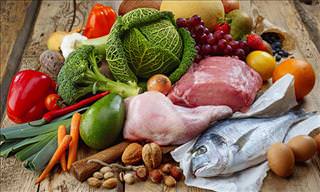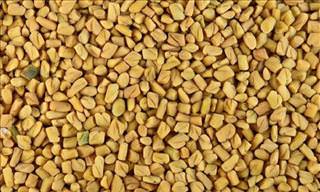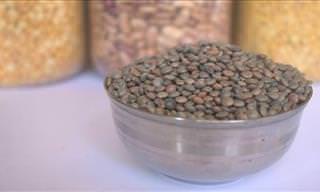There are many foods that help us maintain good health and nutrition, however, we aren’t always aware of all of these foods and there are even some which we ignore too easily. That is why the UN’s Food and Agriculture Organization and other similar bodies are trying to promote the status of legumes in our diet so that we all know the differences between each type and their different contributions to our health.
Legumes are considered to be some of the most protein-rich foods, and their consumption helps prevent obesity, diabetes, heart disease and cancer. If you still don’t know the benefits of the various legumes and when to eat them, the following article will help you learn everything you need to know.

What are legumes?
Legumes have been grown since 8000 BC, and the part we’ve been eating since then is the pod, which is found in the plant's superior ovary, and is actually considered the plant’s "fruit". The pod is rich in protein and fiber, low in fat and are absorbed slowly in the digestive system, something which helps maintain balanced blood sugar levels. Legumes also contain high levels of vitamin B, folic acid and minerals such as iron, zinc, and magnesium, are cholesterol-free and can be stored for months without losing their health benefits, making them one of the most recommended natural foods to add to our diets.
Types of legumes and how to add them to dishes
There are many different types of legumes with different characteristics, but many still think there is no difference between the different types of lentils, beans or peas. It is very important to change this perception and emphasize that although the health benefits they provide to our bodies are often similar, the way these beans are prepared and integrated into our food can change. Therefore, it is recommended that you familiarize yourself with the various types of legumes and how to incorporate them into your meals!
1. Chickpeas
Chickpeas are recommended for use in salads or, of course, as a basis for making falafel and hummus spread. Contrary to what many believe, hummus isn’t fattening, and one cup of chickpeas (164 grams) contains only 45 grams of carbohydrates, along with 282 micrograms of folic acid, which is 71 percent of the recommended daily intake and 12.5 grams of fiber, which makes up 50 people of the recommended daily intake. If you’re looking for a new way to prepare chickpeas that the whole family will love, try mashing them with some goat cheese, lemon juice, and cumin. Serve as a dip or spread.
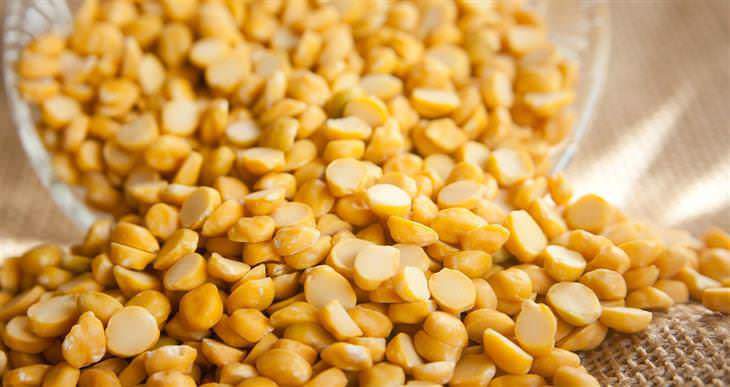
2. Green lentils
Green lentils are smaller than the brown lentils, but it takes longer to cook them and they have a slightly stronger taste that is reminiscent of the taste of peppers. Their blue-green color indicates that they are rich in antioxidants, just like blueberries. This lentil is strong and maintains its structure and hard texture even after being cooked, therefore, it is recommended for salads or as a substitute for ground meat in vegetarian and vegan dishes.
3. Black lentils
Black lentils have a strong earthy flavor that is hard to ignore. They look great in every dish you add them to and are recommended to be used in whole grain dishes, such as Mujadara, to improve the absorption of proteins in your body. One cup of cooked black lentils contains 18 grams of protein, 15 grams of fiber and only 140 calories.
4. Beans
Beans of all kinds are legumes which are especially recommended for consumption, as they help maintain the heart, fight fat that accumulates around the stomach and are very satisfying. Many people refrain from eating beans because of the fear that they will cause them to suffer from excessive gas, but if they are consumed regularly, the body gets used to it and this phenomenon stops after a very short period of time. Click here to learn more about the amazing health benefits of beans.
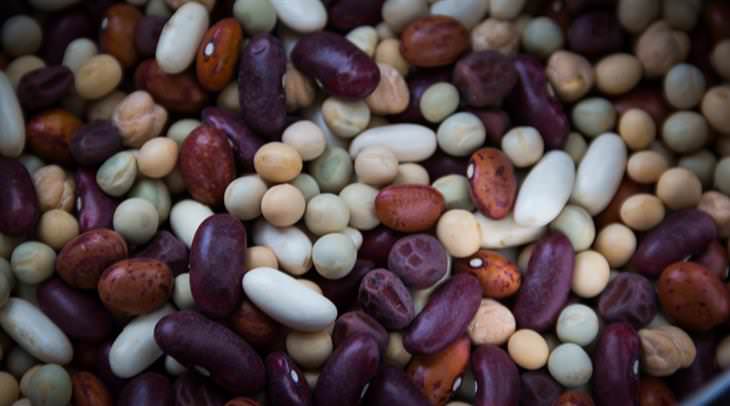
5. Split peas
Split peas come in green and yellow, with the green variety being more sugary and containing less starch than the yellow variety. It breaks down easily and quickly during cooking, so it is recommended to incorporate into soups. You can also enjoy its creamy texture in other dishes such as a hummus spread or vegetarian burger. To emphasize its taste in the dish, add sour ingredients such as lemon juice or pickled radish. One glass of split peas contains 16 grams of protein, 16 grams of fiber and 140 calories.
6. Brown lentils
Brown lentils are the most common in the lentil family, and like most members of their group, they tend to retain their shape during cooking. They are a great substitute for ground beef, especially if you use them to enrich a pasta sauce. If you wish to incorporate them in a soup, you can mash and enjoy their wonderful taste and texture. One cup of brown lentils contains 18 grams of protein, 15 grams of fiber and 140 calories.
7. Red lentils
Unlike other lentils, red lentils easily break down during cooking and are therefore recommended for use in soups and stews. They are soft and slender and therefore take less time to cook. After cooking you may notice that they change color, however, their health benefits do not. In one cup of red lentils, you’ll find 18 grams of protein, 15 grams of fiber and 140 calories.
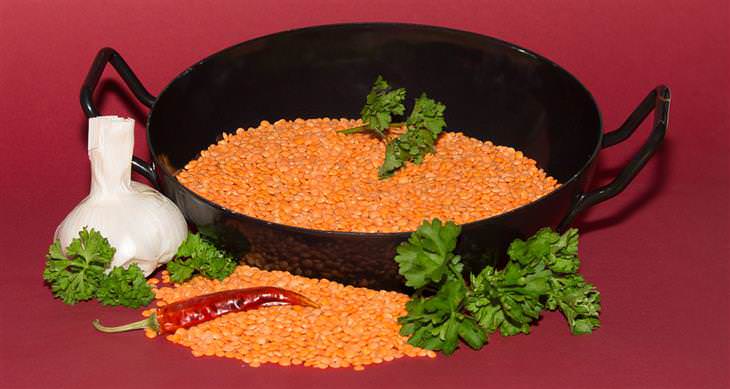
8. Peanuts
You may be surprised to discover that peanuts, which are known to most of us as nuts, are legumes! Eating peanuts is a great way to increase the level of folic acid in our bodies. With about 50 grams of peanuts, we can provide ourselves with more than 25 percent of the daily recommended amount of this important vitamin. A study published in 2015 found that natural peanut consumption helps prolong longevity because of its many health benefits, and if you are looking for a great way to enjoy this healthy legume, you can add roasted peanuts to a sautéed vegetable dish or you can click here to learn how to make homemade peanut butter which will help your body absorb much more nutritious substances than those in store-bought peanut butter.
General tips for cooking legumes
- Legumes absorb strong flavors easily, so in addition to the previous and more individualized recommendations, you should combine them with garlic, onion, herbs and other spices according to your taste preference.
- If you choose to add sourness to your legumes with ingredients such as vinegar, tomatoes or lemon juice, add these ingredients towards the end of the cooking process when the beans are already very tender. If you add these ingredients too soon they will slow down the cooking process and leave the legumes hard, making it difficult for the body to digest them.
- You can soak to soften the beans and freeze them for future use, just make sure to thoroughly drain them from the water they were soaking in.
- The amount of water you use to soften and cook the legumes and their cook time don’t have to be exact - split peas and lentils do not require much soaking and they cook relatively quickly, but dry beans need to be cooked for several hours, even for a whole night. Either way, it is recommended to soak the beans in water before cooking, as this helps to shorten the cooking time, softens them, and helps the body to digest them more efficiently, breaks up the gas molecules in them and helps maintain their nutritional value.
- One last tip is to soak the beans in water with a little bit of baking soda, which helps to speed up the process and makes them softer. It is important to note that using too much baking soda can cause the legumes to get an unpleasant aftertaste and therefore it is recommended to use the tip with caution.
 Go to BabaMail
Go to BabaMail







